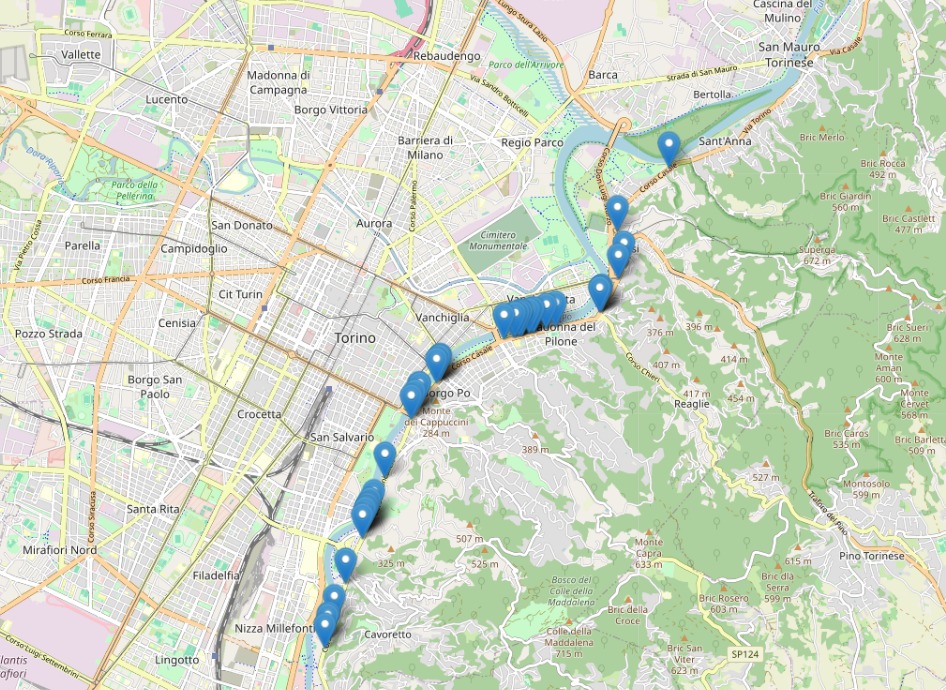Improve with Us
Discover how Asfalto Sicuro® & Aipecra leverage cutting-edge technology to enhance road safety. Our solution identifies and classifies road defects & road elements using AI, IMU, space technologies and GNSS, ensuring safer journeys for everyone.
Discover the Technologies Powering Asfalto Sicuro® and AIPECRA
At LOKI, we harness state-of-the-art technologies to transform infrastructure monitoring and enhance safety. By integrating advanced Artificial Intelligence, high-precision sensors, and satellite data, we deliver solutions that are not only innovative but also scalable and efficient. Our solutions are designed to address real-world challenges with accuracy, speed, and scalability. By combining these advanced technologies, we aim to improve infrastructure safety, optimize resource use, and contribute to a more sustainable and connected urban future. Here’s a closer look at the core technologies driving our success:

Artificial Intelligence (AI) Integration

Inertial Measurement Unit (IMU)

Global Navigation Satellite System (GNSS)

Earth Observation Data

















